As of March 27, 2025, women’s health in Uganda stands at a
crossroads of remarkable progress and persistent challenges. With a population
of over 45 million, Uganda is a vibrant nation where women play a central role
in families, communities, and the economy. Yet, their health outcomes reflect a
complex interplay of cultural, systemic, and environmental factors. From
maternal mortality to reproductive cancers, infectious diseases to mental
well-being, the state of women’s health in Uganda tells a story of resilience
amid adversity. Let’s explore the current landscape, the strides made, and the
road ahead.
Maternal Health: A Beacon of Progress
One of the brightest spots in Uganda’s health narrative is
the improvement in maternal health. Over the past decade, the country has
slashed its maternal mortality ratio (MMR) from 336 deaths per 100,000 live
births in 2016 to 189 in 2022 a staggering 44% decline. This achievement
reflects concerted efforts by the government, international partners, and local
organizations to prioritize maternal care. Investments in antenatal services,
skilled birth attendance, and the integration of HIV and sexual reproductive
health rights (SRHR) services have borne fruit.
However, the numbers still paint a sobering picture. At 189
deaths per 100,000 live births, Uganda’s MMR remains well above the global
average of 152 (as of 2020). Every day, women face risks tied to childbirth,
with an estimated 20 maternal deaths occurring daily in hospitals alone, often
linked to inadequate facilities or delays in care. Rural areas, where access to
healthcare is limited, bear the brunt of this burden. While 94% of women
receive at least one antenatal visit, only 47% complete the recommended four,
and just 42% of births are attended by skilled professionals. The disparity is
stark: among the poorest 20% of the population, skilled attendance at birth
drops to 29%, compared to 77% for the wealthiest 20%.
Reproductive Health: A Growing Concern
Beyond maternal care, reproductive health remains a critical
issue. Uganda’s fertility rate, though declining from a high of 7.12 children
per woman in the 1970s to 4.3 in 2019, still exceeds the global average of 2.
This high fertility rate, coupled with limited access to contraception only 24%
of women of childbearing age use modern methods contributes to health risks.
Adolescent birth rates are particularly alarming, with 111.4 births per 1,000
girls aged 15-19 as of 2017, reflecting early marriages and inadequate SRHR
education.
Reproductive cancers, such as cervical and breast cancer,
are emerging as significant threats. Late-stage diagnosis is common, with 80%
of breast cancer cases in Uganda detected when treatment is harder and outcomes
poorer. This delay stems from weak referral systems and a lack of awareness
among primary healthcare providers and women themselves. Cervical cancer,
linked to low HPV vaccination uptake, further compounds the burden. A 2020
study highlighted that socioeconomic disadvantages and limited media exposure
hinder vaccination efforts, leaving many girls unprotected.
Infectious Diseases and Beyond
HIV/AIDS remains a leading cause of death for women aged
15-44, with unsafe sex as a primary risk factor. While treatment outcomes have
improved viral load suppression rates reached 96% in 2023 among those on
antiretroviral therapy (ART) prevention lags. Over 60% of new HIV infections in
this age group occur among women, driven by gender inequities and sexual
violence. Sexually transmitted infections (STIs) are also prevalent, with a
2016 survey showing high rates among young women aged 15-24, particularly those
with multiple partners or limited access to screening.
Malnutrition, though declining among children, affects women
too, with 21% of girls aged 15-19 suffering from anemia in some regions. This
condition, often tied to iron deficiency, increases risks during pregnancy and
childbirth. Meanwhile, mental health a critical yet overlooked aspect receives
little attention. Stress, domestic violence (reported by over 60% of
ever-married women), and societal pressures weigh heavily on women’s
well-being.
Systemic Challenges: The Health System Under Strain
Uganda’s health system, while improving, struggles to meet
rising demand. With a doctor-to-patient ratio of 1:25,000 and a
nurse-to-patient ratio of 1:11,000 far below WHO recommendations healthcare
workers are stretched thin. Only 72% of public health facility positions are
filled, and the health budget, at 8.9% of national spending, falls short of the
15% pledged in the 2001 Abuja Declaration. Critical infrastructure, like
intensive care units (ICUs), is scarce, with just 1.3 ICU beds per million
people, mostly concentrated in Kampala.
Rural women face additional barriers: long distances to
facilities, lack of transportation, and cultural norms requiring male
permission to seek care. These delays whether in deciding to seek help,
reaching a facility, or receiving adequate treatment fuel preventable deaths.
Even in urban Kampala, institutional maternal deaths highlight bottlenecks in
referral processes and facility readiness.
Rays of Hope and Calls to Action
Despite these challenges, Uganda’s women’s health story is
not without hope. Community health workers, empowered by initiatives like the
Women’s Optimal Health Framework launched in 2024 with the First Lady’s
support, are bridging gaps in rural areas. Programs integrating HIV and SRHR
services show promise, while efforts to boost HPV vaccination and cancer
screening are gaining traction. The decline in child malnutrition signals
broader nutritional improvements that could benefit women too.
To build on this momentum, Uganda needs targeted action:
- Strengthen
Health Infrastructure: Increase funding to recruit and train
healthcare workers, equip facilities, and expand ICU access beyond urban
centers.
- Boost
Awareness and Education: Promote early cancer detection and SRHR
through media campaigns and school programs, especially for adolescents.
- Enhance
Access: Improve rural transportation and address cultural barriers to
ensure timely care.
- Prioritize
Prevention: Expand contraception access and HPV vaccination to reduce
reproductive health risks.
Women’s health in Uganda is a tapestry of triumphs and
trials. The progress in maternal mortality and HIV treatment reflects what’s
possible with dedication and collaboration. Yet, the persistent gaps high
fertility, late cancer diagnoses, and systemic weaknesses demand urgent
attention. As Uganda navigates this pivotal moment, investing in women’s health
is not just a moral imperative but a cornerstone of national development.
Healthy women build healthy families, communities, and futures. The time to act
is now.


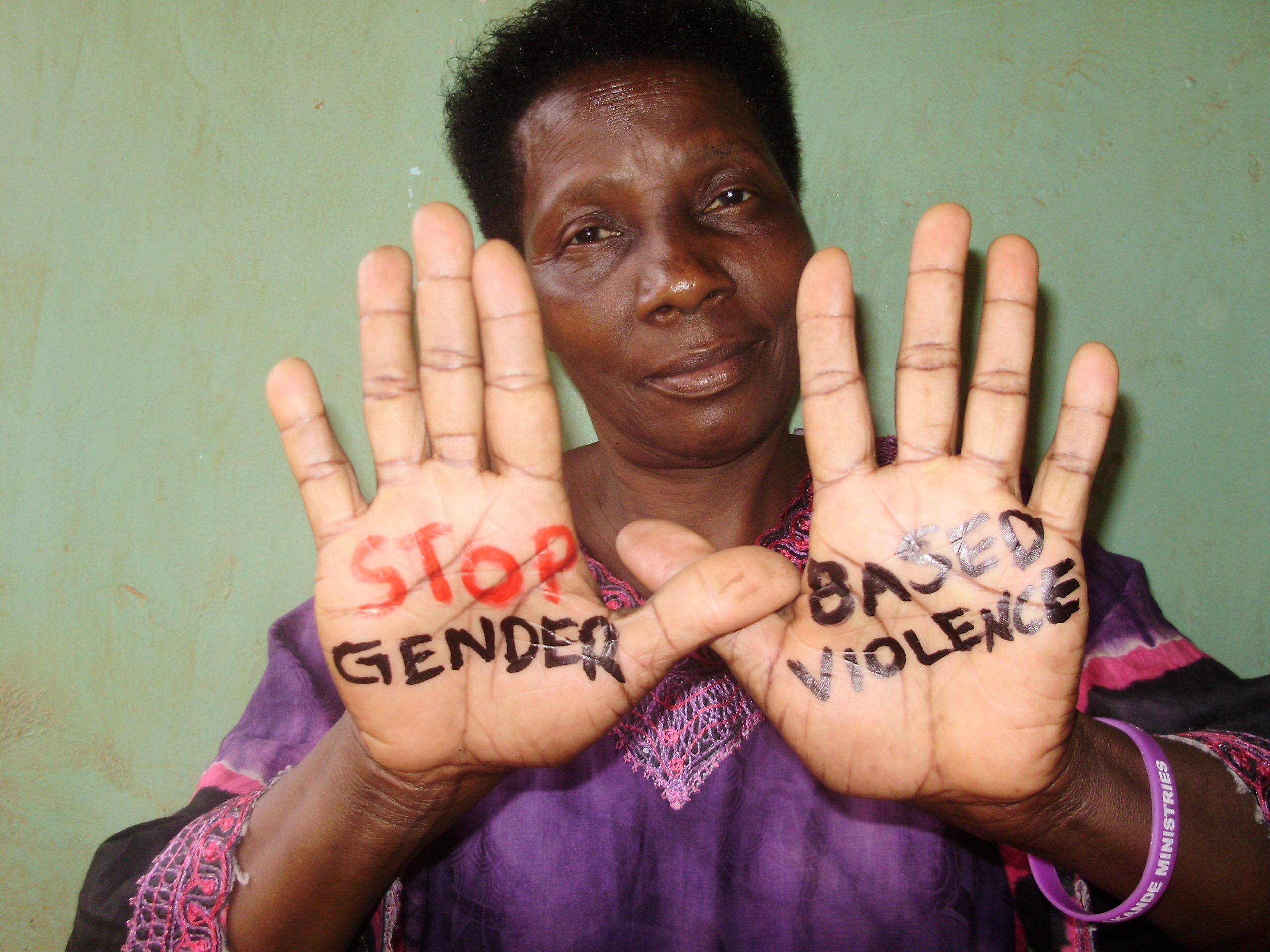

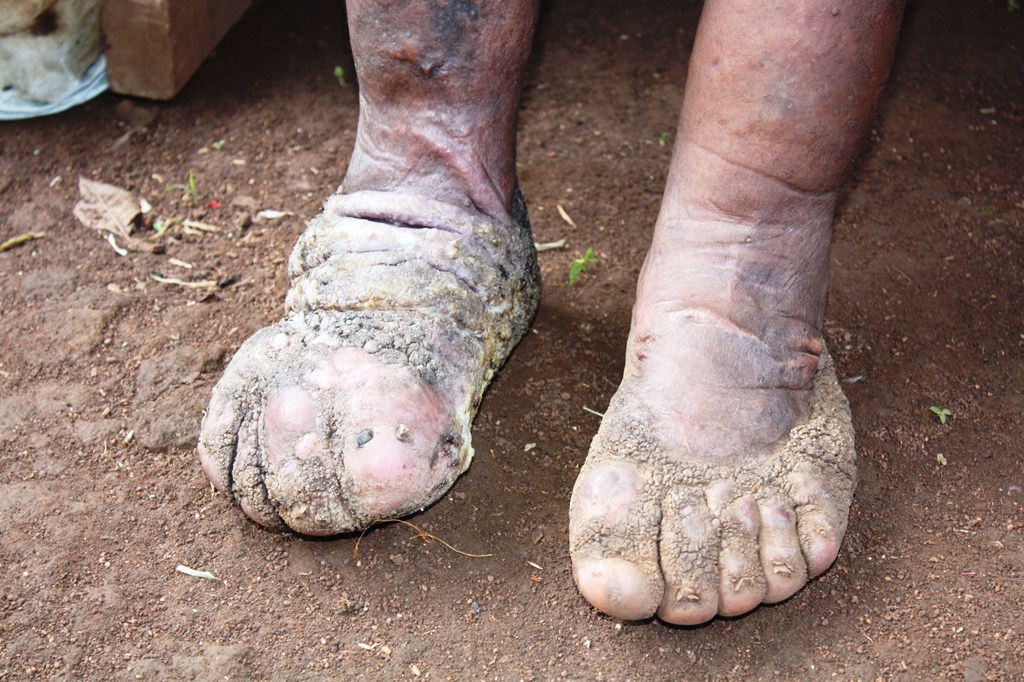

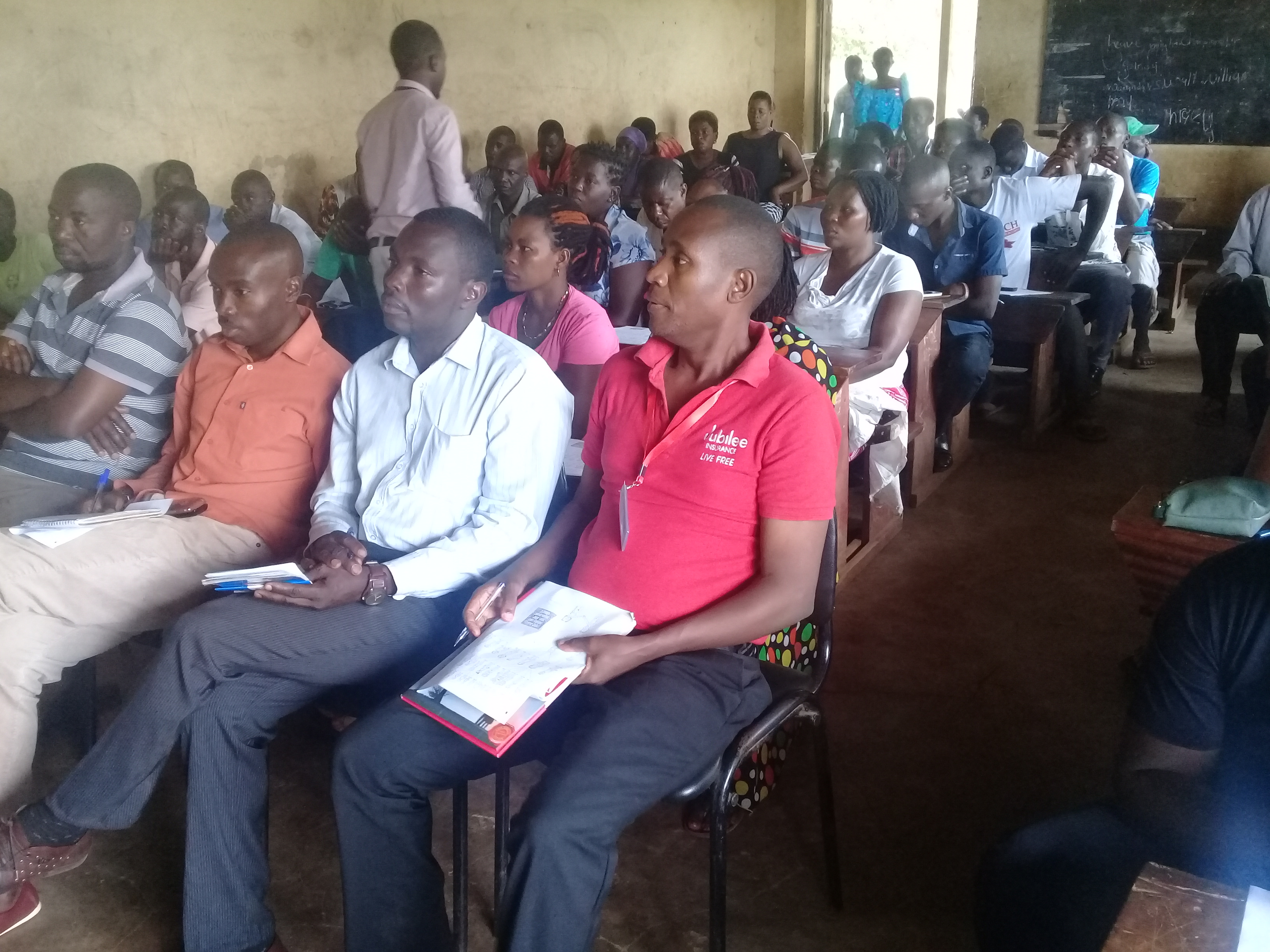

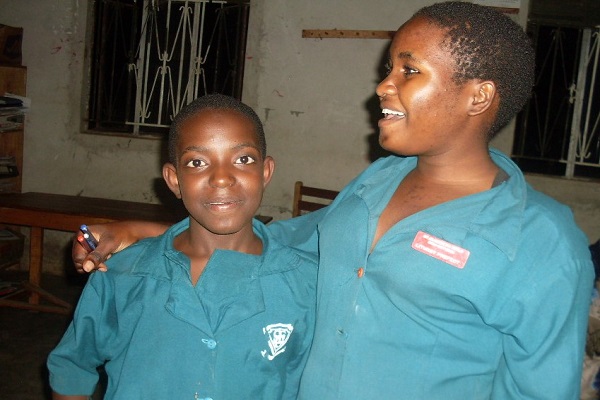
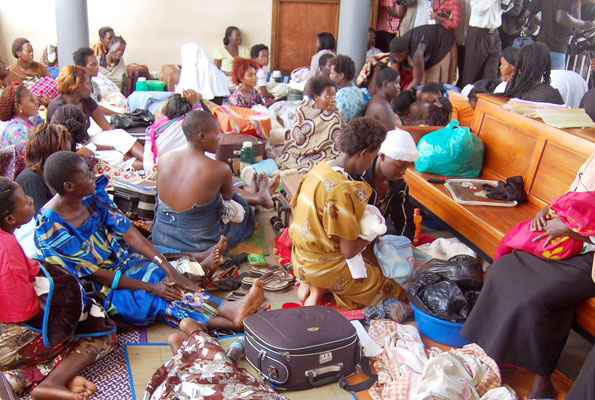
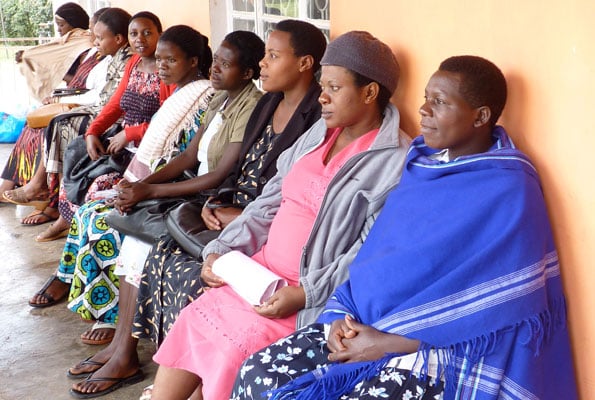
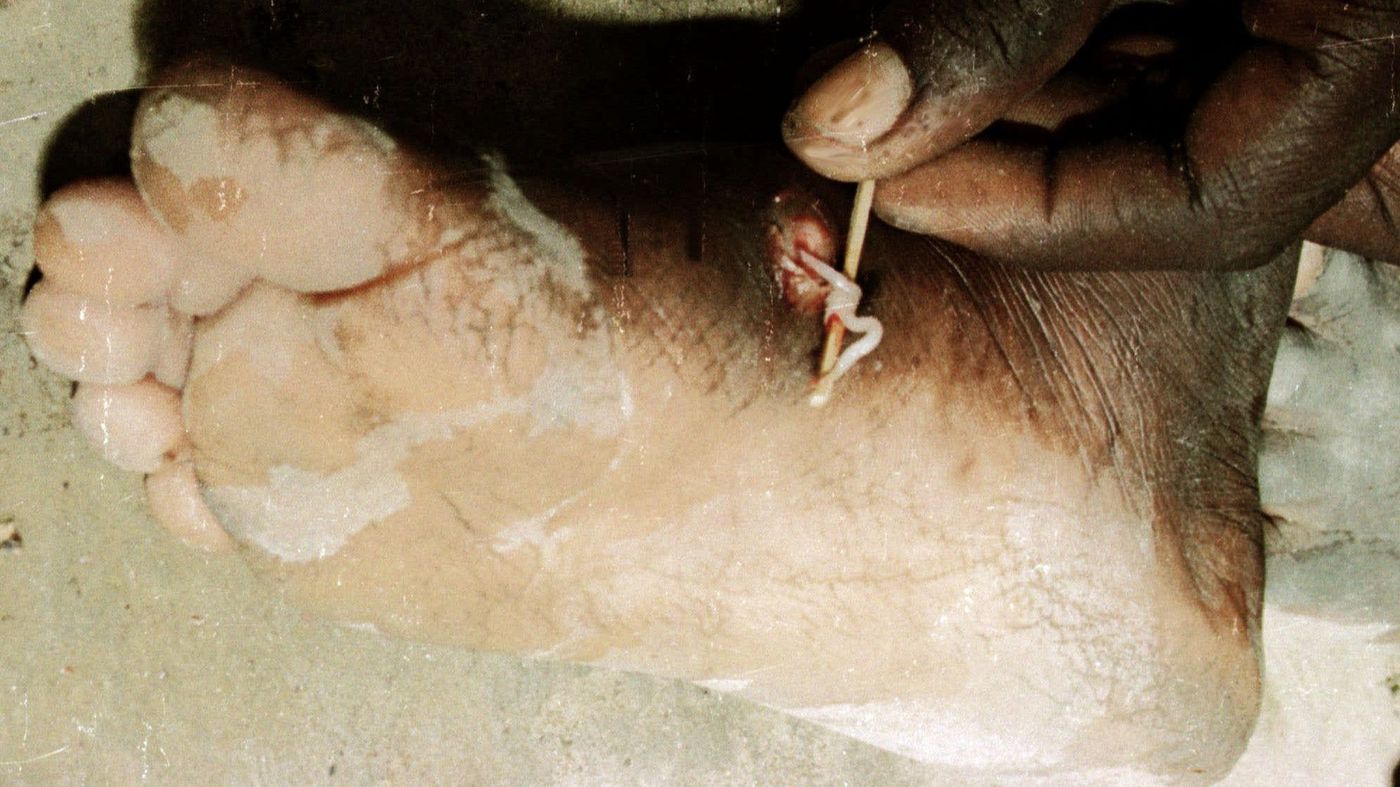
Comments